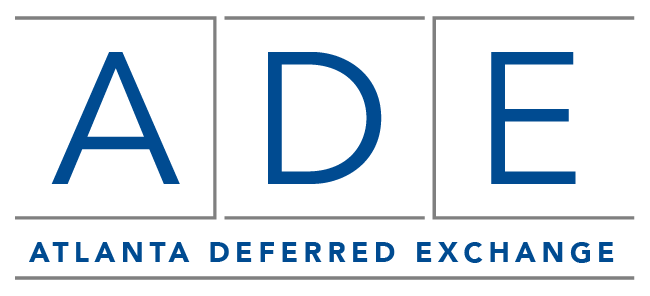
In today’s seller-friendly environment, some exchangers have determined that they can create value by finding an attractively priced replacement property or lot that can be improved. They conclude that paying a lower acquisition price plus the cost of improvements is a better choice than competing with all of the buyers in the traditional investment market. Though purchasing a property like this as replacement property in a 1031 exchange can present a challenge to standard exchange timing, there is a strategy that allows investors to use exchange proceeds to make improvements or even to build their replacement property. This type of exchange is commonly referred to as an improvement or construction exchange. This 1031 strategy can prove beneficial in a number of practical situations such as:
-
When a replacement property needs major renovations or capital improvements;
-
When the exchanger wants to buy an unimproved lot, construct improvements or a building upon it and needs the additional value of the improvements to maximize the tax benefit. See Construction Exchange; or
-
When the taxpayer desires to build improvements on a parcel of land that they already own.
When completing a 1031 exchange for real estate, the proceeds from the sale of the relinquished property must be used to acquire real property on behalf of the exchanger. For the 1031 to be “tax free” –the replacement property must be the same price or greater than the one that was sold and all the proceeds must be used. Once the exchanger has taken title to the replacement property, the exchange is completed and any unused proceeds are taxable— even if they are subsequently used to build improvements. Thus to count towards the exchange value, any improvements must be made prior to the exchanger taking title to their replacement property.

Because of situations outlined above, the 1031 industry worked with the IRS to develop an alternative approach that would allow investors more flexibility, while still meeting exchange requirements. In September, 2000, the IRS issued Revenue Procedure 2000-37 that allowed for what is commonly known as “parking arrangements” to be used in “forward” or “reverse” exchanges. In essence, the guidance allows for a non-related third party to buy the property that needs to be improved (to “park” it), make the improvements and then sell the improved, higher value property to the exchanger as their replacement property. The “parking” entity is referred to as an Accommodation Title Holder (“AT”).
To illustrate how this works, Ella sells a debt-free relinquished property for $1,000,000. The basis in the property is $400,000, leaving her with a $600,000 gain. She wants to buy a distressed property for $700,000 that needs $300,000 in major renovations. To execute this strategy, she must employ the services of both a Qualified Intermediary (QI) and an AT. Some firms like ours provide both services.
When the relinquished closing takes place, the $1 million in proceeds are transferred to the QI to hold on her behalf. Ella then assigns the $700,000 replacement property contract to the AT, who takes title to the property using funds forwarded by the QI. The AT hires her as the construction manager of the project; in this role, Ella hires a third-party contractor to make the improvements. Funds are forwarded directly from the QI to the third-party contractor to pay for the improvements- never passing through Ella’s hands. Once the improvements are completed or the 180-day exchange period ends, the property is transferred to Ella in its improved, more valuable condition at $1,000,000. She has deferred all tax that would otherwise have been due, and has secured her ideal replacement property.
If Ella had taken title to the $700,000 property in a standard 1031 exchange, she would have had to pay taxes on $300,000 of gain even if she subsequently used the remaining proceeds for the same improvements. An improvement exchange allows her to reinvest all of her exchange proceeds without triggering any tax.

If the exchanger already owns the lot on which they want the improvements built, then a construction leasehold improvement exchange (improvements made by the lessee for new buildings) should be considered. In this case, pre-planning may be required. The IRS issued negative guidance in 2004 in Revenue Procedure 2004-51 on building improvements on ground owned by the exchanger, though they did allow for improvements to be built on land owned by a related party. If the lot is currently owned in a separate taxable entity, then there are no issues. If not, the exchanger can transfer the lot to a newly formed related entity, wait 6 months (IRS guidelines) and then start the construction leasehold transaction. The exchange still must be competed within 180 days. If the relinquished property is already under contract, the closing would need to be delayed for 6 months, so it lines up with when the improvements could begin.
In a construction leasehold exchange, the lot is not being purchased so the value of the lot does not count toward the replacement purchase value. The leasehold is established by the AT entering into a 31-year ground lease with the related party lot owner and then follows the same steps that are outlined in the previous example.
Many real estate investors have benefited from the use of a construction exchange strategy even though it is more complex, most costly and has the inherent challenge of the 180-day time frame. You should always seek the advice of your legal or tax counsel before entering into this type of transaction.
